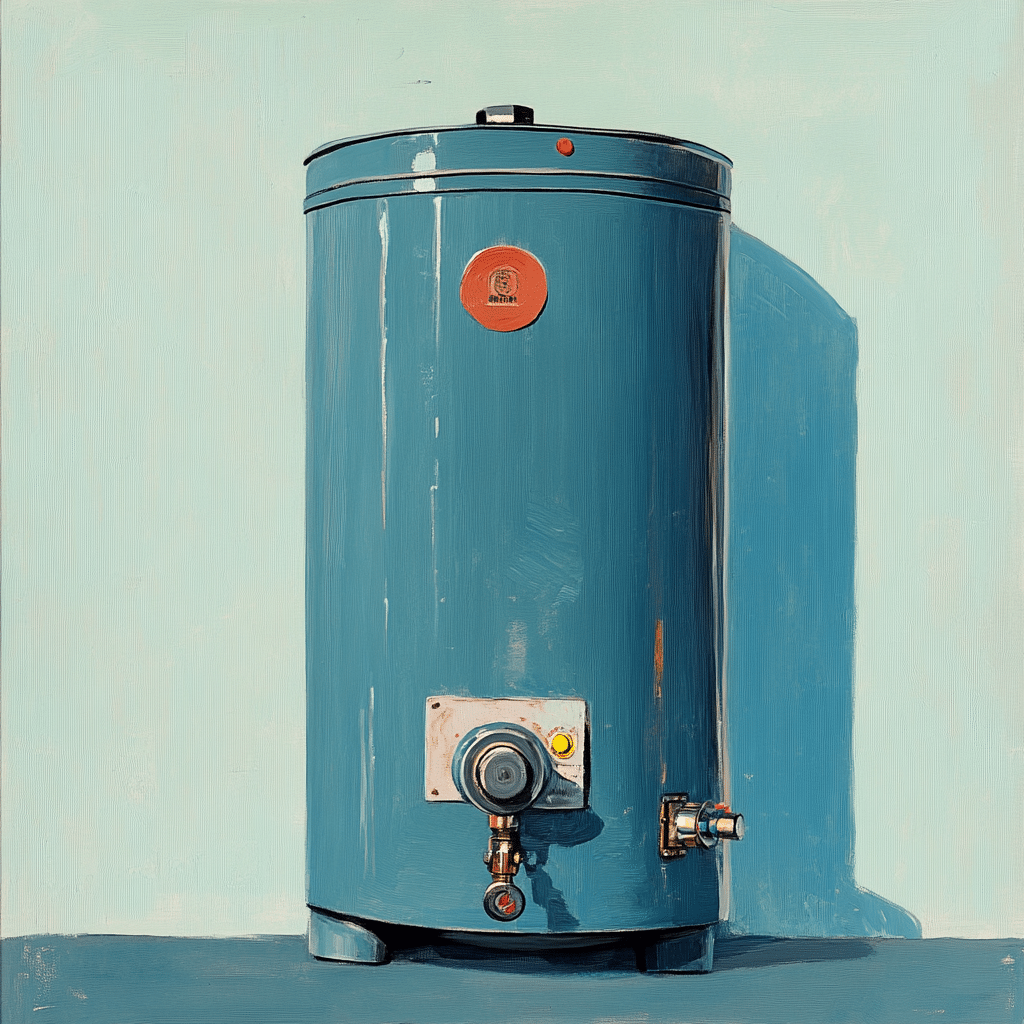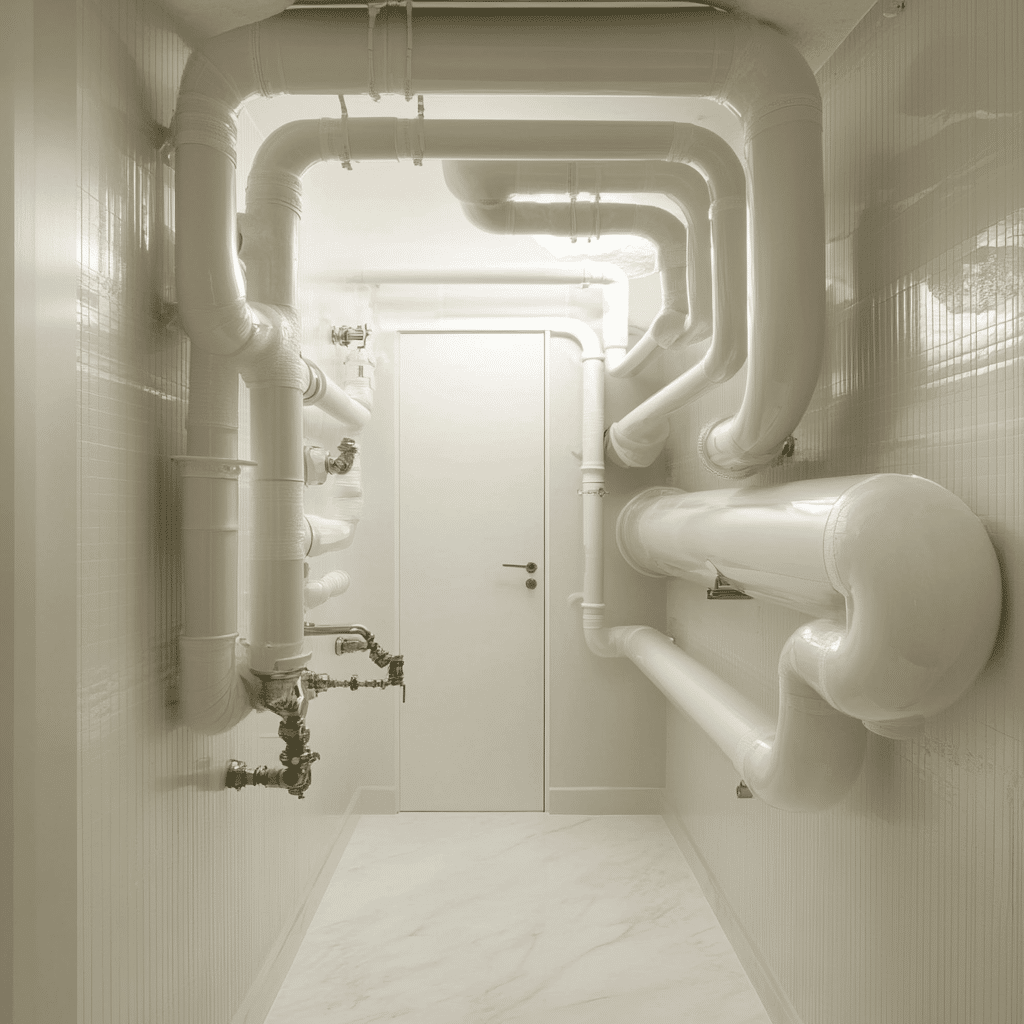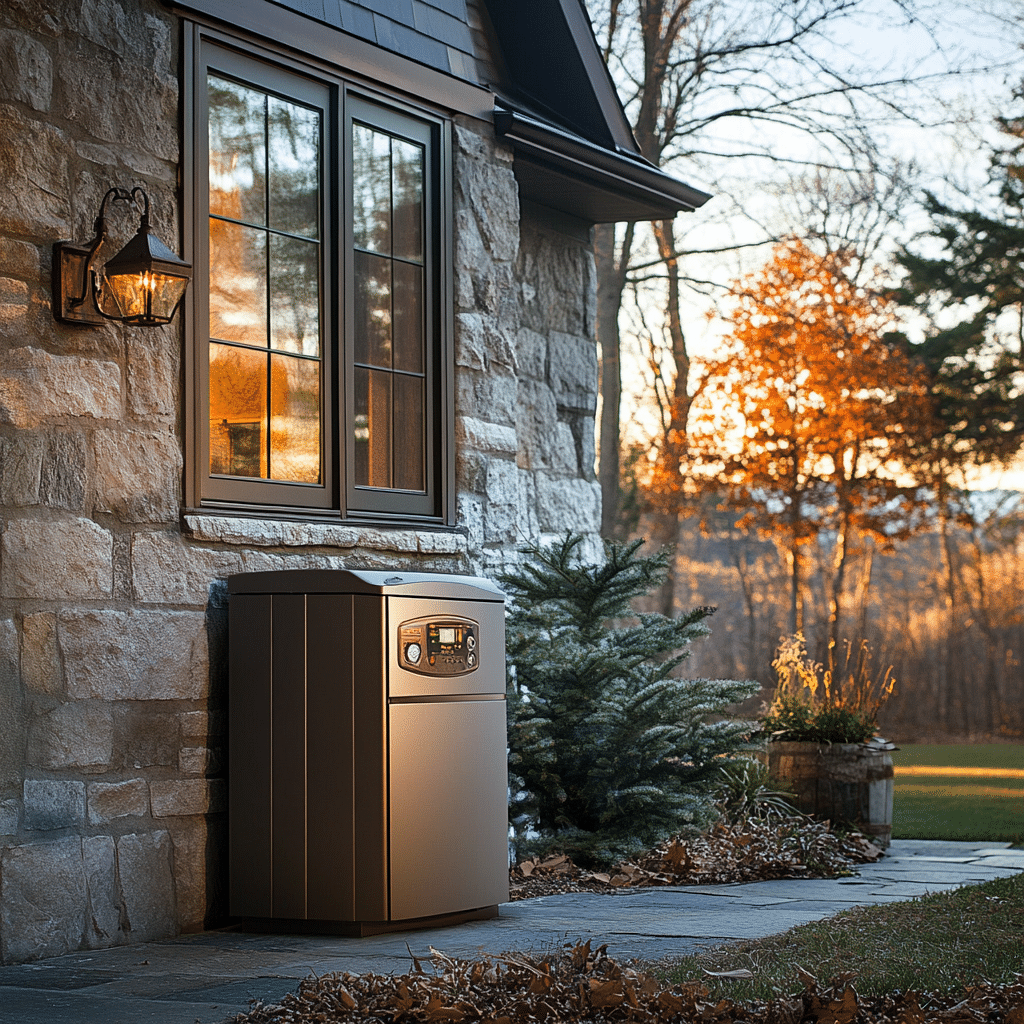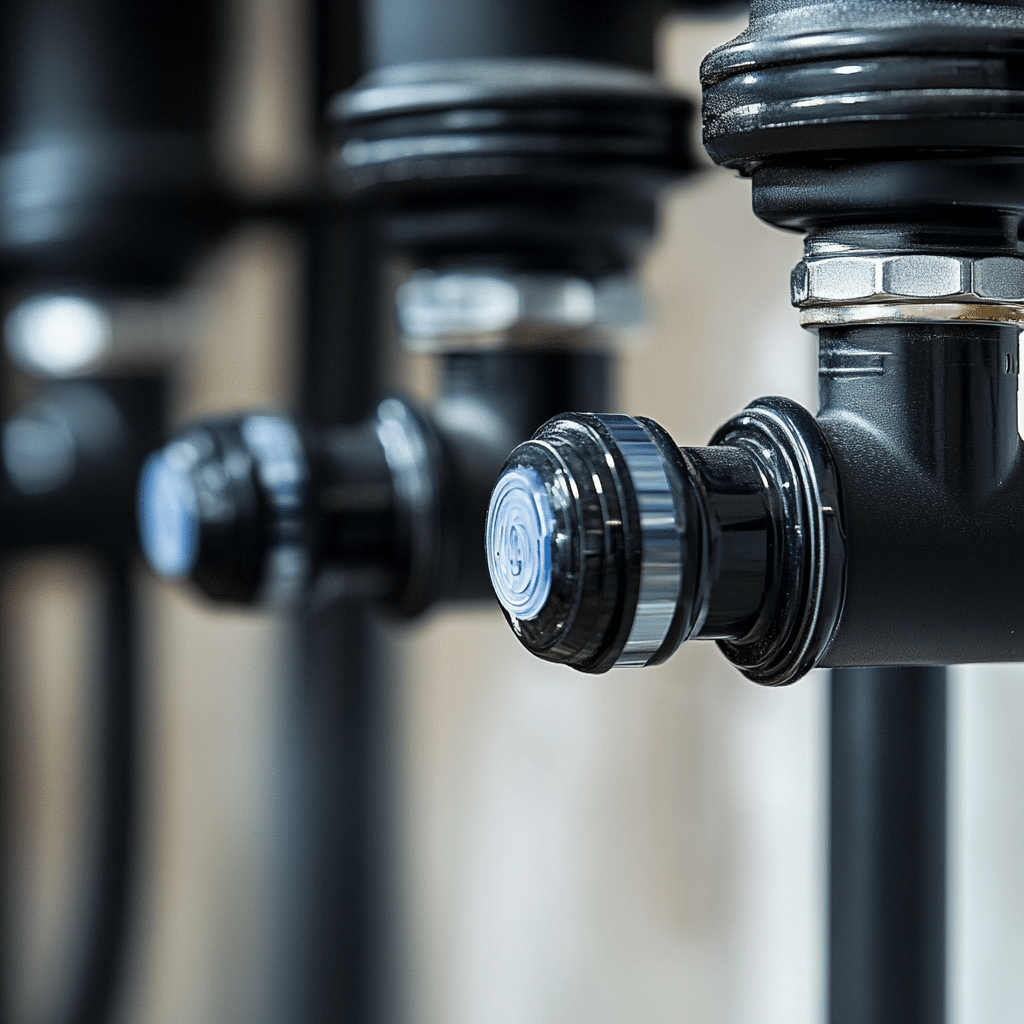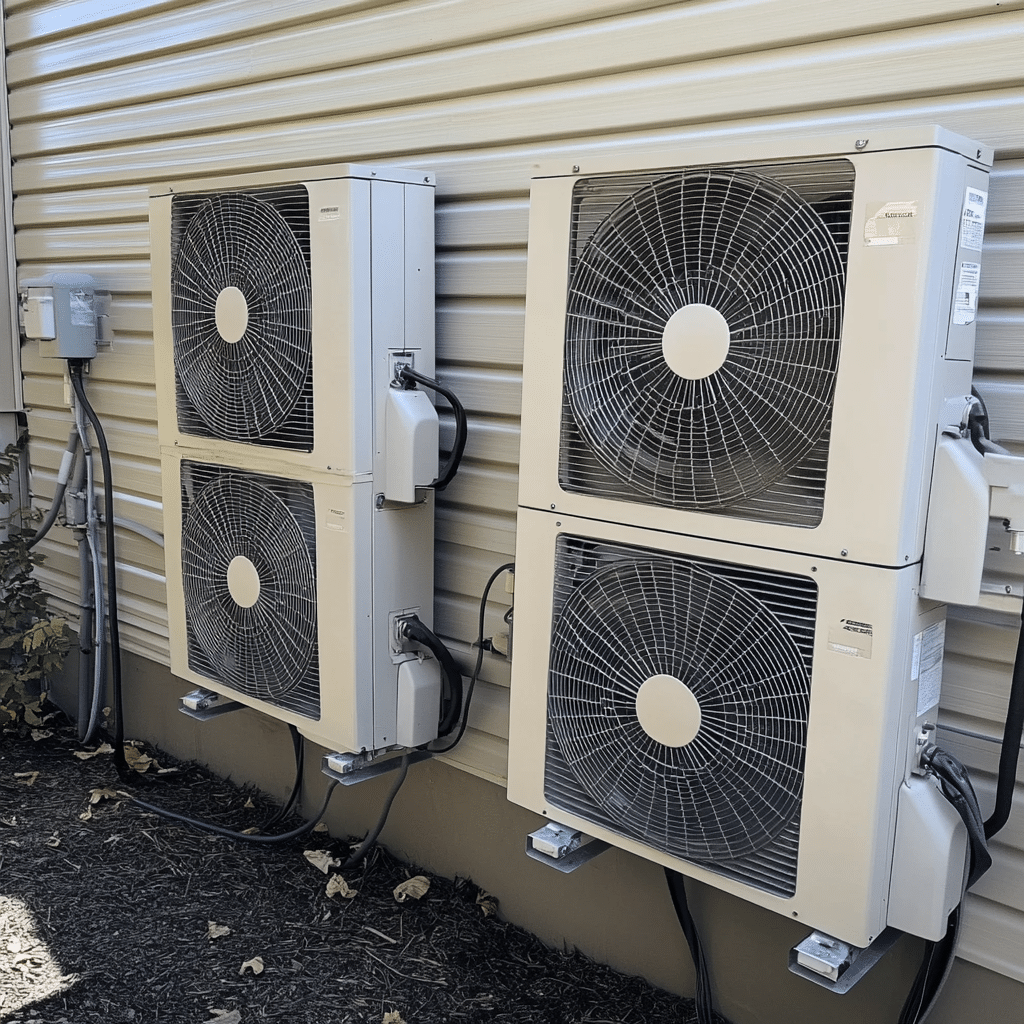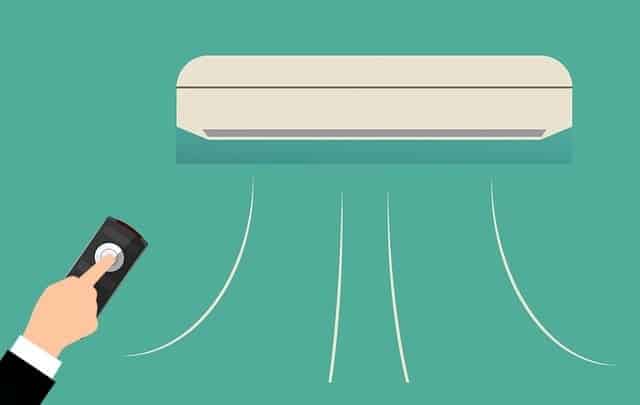A water heater is an essential appliance in your home, providing you with hot water for bathing, cooking, cleaning, and more. Just like any other major system in your home, a water heater requires regular maintenance to ensure it functions at peak efficiency. Neglecting routine maintenance can lead to inefficient performance, increased energy bills, and costly repairs down the line. Fortunately, maintaining your water heater is simple, and with the right care, it can provide you with reliable hot water for many years.
In this blog, we’ll explore the steps you can take to maintain your water heater for optimal performance year-round, helping you save money and extend the lifespan of your appliance.
How to Maintain Water Heater: Flush the Tank Regularly to Prevent Sediment Buildup
Over time, mineral deposits and sediment can accumulate at the bottom of your water heater tank, especially if you have hard water. This buildup can reduce your water heater’s efficiency by making it harder for the heating elements to do their job. The sediment acts as an insulating layer, requiring the system to work harder and use more energy to heat your water.
Solution: Flushing your water heater annually helps remove sediment and ensures it operates efficiently. Simply attach a hose to the drain valve at the bottom of the tank, open the valve, and allow the water to flow out. Be sure to turn off the power and the water supply before performing this task. For homeowners with hard water, consider flushing the tank more frequently.
2. Check the Temperature Setting
Setting the water heater to the right temperature can save you both energy and money. The U.S. Department of Energy recommends setting your water heater’s thermostat to 120°F (49°C). Higher temperatures can waste energy by overheating water and may increase your risk of burns, especially for children or elderly family members.
Solution: Check the water temperature on your water heater’s thermostat using a thermometer to ensure it’s set to the recommended 120°F. If it’s too high, lower the temperature to prevent energy waste and potential safety hazards.
3. Inspect the Anode Rod
The anode rod is a key component that helps prevent rust and corrosion from forming inside your hot water heater tank. It attracts corrosive elements, which extend the lifespan of your tank. However, over time, the anode rod will wear out and need replacement.
Solution: Inspect the anode rod every 2-3 years, depending on the water quality in your area. If the rod is corroded or significantly reduced in size, replace it to ensure the continued protection of your tank. Replacing the anode rod is a simple task that can prolong the life of your water heater by years.
4. Test the Water Heater’s Pressure Relief Valve
The pressure relief valve is an essential safety feature that helps prevent the tank from exploding due to excessive pressure. If the valve is faulty or blocked, it can pose a significant danger.
Solution: To test the water heater’s pressure relief valve, lift the valve’s lever and let some water escape. The valve should release water when engaged and then close tightly when released. If the valve doesn’t work or leaks after being tested, it’s time to replace it to ensure your water heater operates safely.
5. Insulate the Tank and Pipes
Water heater insulation helps maintain the temperature of the water and prevents heat loss, especially if your water heater is located in a cooler area like a basement or garage. By reducing heat loss, your water heater works more efficiently, saving you energy and lowering your utility bills.
Solution: Insulate your water heater tank and the first few feet of hot water pipes using specially designed insulation blankets and pipe insulation. This will help keep the water at the desired temperature, reduce the strain on your water heater, and lower energy costs.
8. Safety Precautions
When performing water heater maintenance, it’s essential to take necessary safety precautions to avoid injuries and ensure a safe working environment. Here are some safety tips to keep in mind:
- Turn Off the Power: Always turn off the power to the water heater at the main breaker before starting any maintenance tasks. This is crucial to prevent electrical shocks.
- Gas Supply: If you have a gas water heater, turn off the gas supply valve before starting any maintenance tasks to avoid gas leaks or explosions.
- Protective Gear: Use protective gear such as gloves, safety glasses, and a face mask when working with electrical or gas components to protect yourself from potential hazards.
- Clear the Area: Ensure the area around the water heater is clear of any flammable materials or objects that could cause a fire hazard.
- Qualified Repairs: Never attempt to repair or replace electrical or gas components if you’re not qualified or experienced in doing so. Incorrect handling can lead to serious injuries or damage.
- Follow Instructions: Always follow the manufacturer’s instructions for maintenance and repair tasks. These guidelines are designed to ensure safe and effective maintenance.
- Consult a Professional: If you’re unsure about any aspect of water heater maintenance, it’s always best to consult a professional plumber. They have the expertise to handle complex tasks safely and efficiently.
By following these safety precautions, you can perform water heater maintenance tasks confidently and safely, ensuring your system remains in good working order.
6. Schedule Regular Professional Maintenance
While many maintenance tasks can be performed by homeowners, it’s important to have a professional technician inspect and service your electric water heater regularly. A professional plumber can identify potential issues, clean the system thoroughly, and ensure everything is functioning as it should.
Solution: Schedule a professional maintenance appointment once a year to have your water heater inspected. A licensed technician can spot any problems before they turn into costly repairs and ensure your water heater operates at its best.
7. Watch for Leaks and Strange Noises
Leaks and strange noises from your water heater can indicate underlying issues. Leaks often mean the tank has developed a crack or the connections have become loose. Banging or popping noises usually indicate sediment buildup inside the tank.
Solution: Inspect your water heater regularly for any visible leaks, especially around the tank or at the connections. If you notice any leaks or hear strange noises, it could be a sign of a problem with the heating element. Contact a professional plumber immediately to address the issue before it becomes more serious.
11. Creating a Maintenance Schedule
Creating a maintenance schedule is crucial to ensure that your water heater receives regular maintenance and upkeep. Here’s a step-by-step guide to creating a maintenance schedule:
- Identify Your Water Heater Type: Determine the type of water heater you have (tank or tankless) and its specific maintenance requirements.
- Manufacturer’s Instructions: Check the manufacturer’s instructions for recommended maintenance tasks and frequencies. These guidelines are tailored to your specific model and are essential for proper upkeep.
- Routine Maintenance Tasks: Create a schedule that includes routine maintenance tasks such as:- Annual Water Heater Flush: Flushing the tank annually to remove sediment buildup.
- Bi-Annual Anode Rod Inspection: Inspecting the anode rod every six months to prevent rust and corrosion.
- Quarterly Pressure Relief Valve Inspection: Checking the pressure relief valve every three months to ensure it’s functioning correctly.
- Monthly Temperature and Pressure Gauge Inspection: Inspecting the temperature and pressure gauge monthly to monitor the system’s performance.
- Set Reminders: Use a calendar or maintenance software to set reminders for each maintenance task. This ensures you don’t miss any important upkeep activities.
- Record Keeping: Keep a record of all maintenance tasks performed, including dates, tasks completed, and any issues encountered. This documentation can be invaluable for tracking the health of your water heater and for warranty purposes.
- Annual Review: Review and update the maintenance schedule annually to ensure it remains relevant and effective. Adjust the schedule based on any changes in your water heater’s performance or manufacturer’s recommendations.
By following these steps, you can create a comprehensive maintenance schedule that helps extend the life of your water heater, improves its energy efficiency, and reduces the risk of costly repairs. Regular maintenance is key to ensuring your water heater operates at its best, providing you with reliable hot water year-round.
Conclusion
By following these simple water heater maintenance tips, you can ensure that your water heaters run efficiently year-round, providing you with reliable hot water and saving you money on energy bills. Regular maintenance, from flushing the tank to checking the anode rod, can prevent many common issues that lead to costly repairs or early system failure. If you need assistance with any of these maintenance tasks or if it’s time for a professional inspection, don’t hesitate to reach out to Advantage Air Plumbing, Heating & Cooling. Our experienced technicians are here to help keep your water heater in top shape and ensure your home enjoys year-round comfort.
